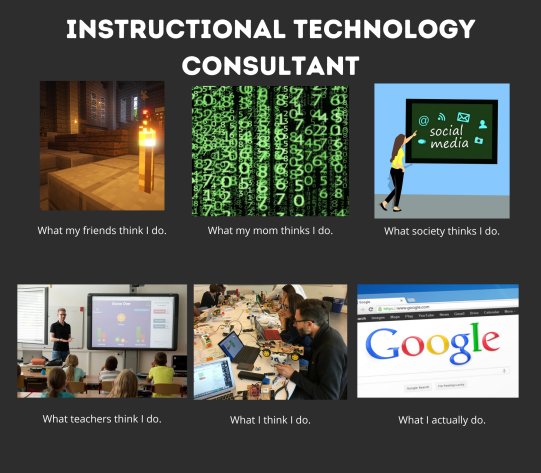June 4th’s topic was on Should Cellphones be Banned in the Classroom? Jill and Tarina on the agree side and Skyler and Alyssa on the disagree side. In this debate, I voted on the disagree side. I firmly believed that cellphones in the classroom can be used as a tool for learning.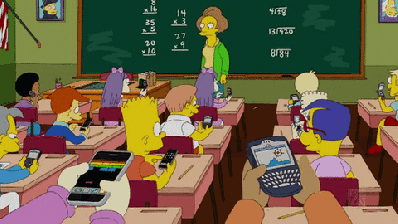
Jill and Tarina highlight the following reasons why they believed social media was ruining childhood.
- Cellphones are Distracting
- School Devices are Safer
- Cellphones increase negative behaviours
- Detachment from Personal Device
On the contrary, Skyler, and Alyssa highlight their stance in a very catchy slogan Don’t make a BAN, have a PLAN. They highlighted the following:
- Medical and Emergency Use
- Educational Purposes
- Digital Citizenship Skills
The Main Take-Aways
In this debate, my main takeaways and reflections occurred from the discussion that we were having as a class. The concept of BYOD and the pros and cons of having a BYOD policy. Melinda brought up the point of having a cellphone policy that discouraged cellphone use in class, but students were allowed to have access to cellphones at breaks, and lunch hour. I also discuss the importance of having an acceptable use policy while implementing any technology in the classroom.
BYOD
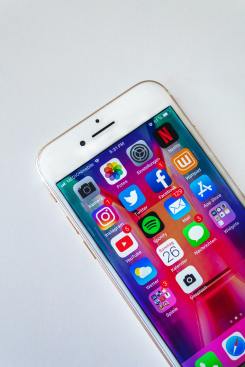
Photo by Sara Kurfeß on Unsplash
Our discussion on Bring Your Own Device (BYOD) is one of my big takeaways. This is a concept that I have been familiar with since taking my university undergrad degree. If you have a personal device bring it to school and essentially your class will become a 1-to-1 classroom. On the surface, I always thought that this was a great solution to the issue of not having enough devices in the classroom. However, in a blog that was shared with our class BYOD – Worst Idea of the 21st Century? It highlights somethings that we need to keep in mind. This being said many of the points that are highlighted I do not agree with. I also recognize that some of the information in the blog is dated as it was written back in 2011.
Points that I agree with:
BYOD enshrines inequity. The article discusses that for education to be equitable each student needs to have access to the same materials and learning opportunities. I recognize that often our students do not have access to devices because of the digital divide. This could cause pressure on parents to provide access to devices when they are unable to do so.
BYOD contributes to the growing narrative that education is not worthy of investment. The article highlights that education cannot be viewed as a competitive, commercial, an “every man for himself” enterprise. I believe that this point is a major issue and concern. As educators that implement a BYOD policy, are we doing more harm? Is this another way that we allow governments to not provide adequate funding? As is teachers spend a lot of their own money currently on their classrooms and students. I believe that BYOD does not send the message of an increase of funding for devices in the classroom, but rather the opposite. Ultimately the message that could be sent is that teachers are making do with what they have, and ultimately that is good enough.
Points I Disagree With:
Cellphones are not computers. I disagree with this statement. Keeping in mind that the article was written in 2011. Today cellphones can do many of the functions that a computer would do for the average classroom. Skyler and Alyssa highlight many of these functions in the article they shared with the class on 20 Smartphone Apps for the Classroom.
BYOD narrows the learning process to information access and chat. The article discusses how information access, note-taking, and communication are “low-hanging fruit” of education. I would agree with this statement. On the SAMR model, this would be the substitution stage. I believe that BYOD allows students to expand further, and be creative. By using devices we can hit the other levels of the SAMR model. This is highlighted in Holly Clark’s blog on What is an Infused Classroom. Sure, information access is part of the learning process, but as a 21st-century teacher, we need to expand this to enhance student learning.
BYOD increases teacher anxiety. I disagree with the statement that teachers have largely failed with implementing technology in the classroom. I do believe that teachers may not have the skill set or know how to implement some of the technology, and I do believe that it is holding some teachers back from implementing technology in the classroom. However, if COVID-19 and remote learning has taught us anything, it has allowed teachers to become more comfortable with technology if there was guidance or the opportunities to try the technology in a risk-free setting. Many teachers experience anxiety when they alter anything within their teaching practice. However, with effective technology plans and support, this can assist teacher anxiety.
Effective Cellphone Policies
As educators, we need to have effective cellphone policies in our classrooms. This could be modeled in an activity such as “What does my classroom look like, sound like, feel like?” or through a “Responsible Use Policy” that is co-created with students. According to Digital Citizenship Education in Saskatchewan Schools, below highlights the difference between an acceptable use policy and a responsible use policy. 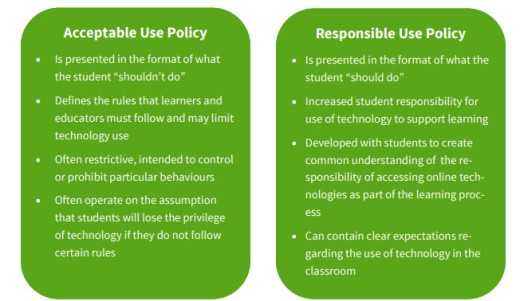 Furthermore, Skyler and Alyssa highlight the importance of teaching the 9 Elements of Digital Citizenship. These skills need to be taught in conjunction with having an effective policy and guidelines in place for cellphone use.
Furthermore, Skyler and Alyssa highlight the importance of teaching the 9 Elements of Digital Citizenship. These skills need to be taught in conjunction with having an effective policy and guidelines in place for cellphone use.
Melinda highlighted an excellent point in our class discussion around the idea that we often find problems with inappropriate cellphone use when students are accessing these devices at breaks, lunch hours, or at home. Often this is paired with teachers who do not allow cellphones in classrooms, and therefore students do not receive quality digital citizenship from schools. Regardless of whether or not cellphones are allowed in schools, we must not sweep the issues under the rug. Digital citizenship is an important topic that needs to be addressed regardless.
Conclusion:
In conclusion, should we ban cellphones in classrooms? Absolutely NOT. I believe that as educators we should always be hesitant when we use the word ban. Even if we restrict the use of cellphones in the classroom it does not give us the option of opting out of important teaching moments of digital citizenship, and the conversation of acceptable use in regards to cellphones.
I believe that teachers can learn to leverage these devices as learning tools. As Holly Clark states in her article What is an Infused Classroom? , “Infused Classrooms, the teaching and learning outcomes are the most important aspect, and technology simply enhances an already purposeful learning environment”. In other words, the use of cellphones in the classroom needs to be purposeful. The use of personal devices can help us use technology as a vehicle for learning.






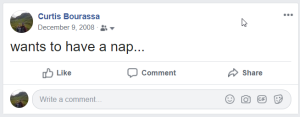
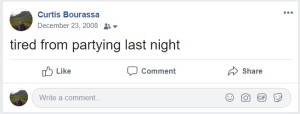


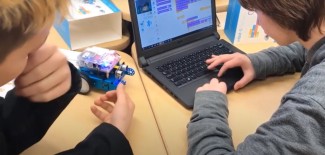
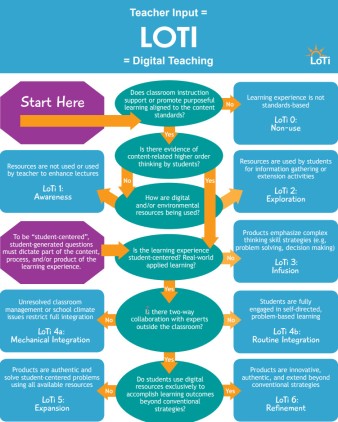

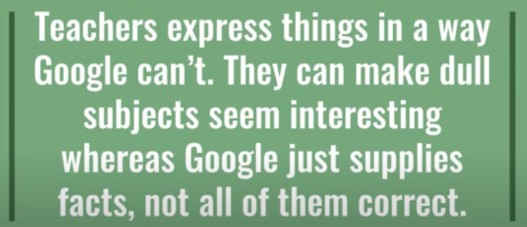
 On Tuesday we started the great Edtech debate.
On Tuesday we started the great Edtech debate. 